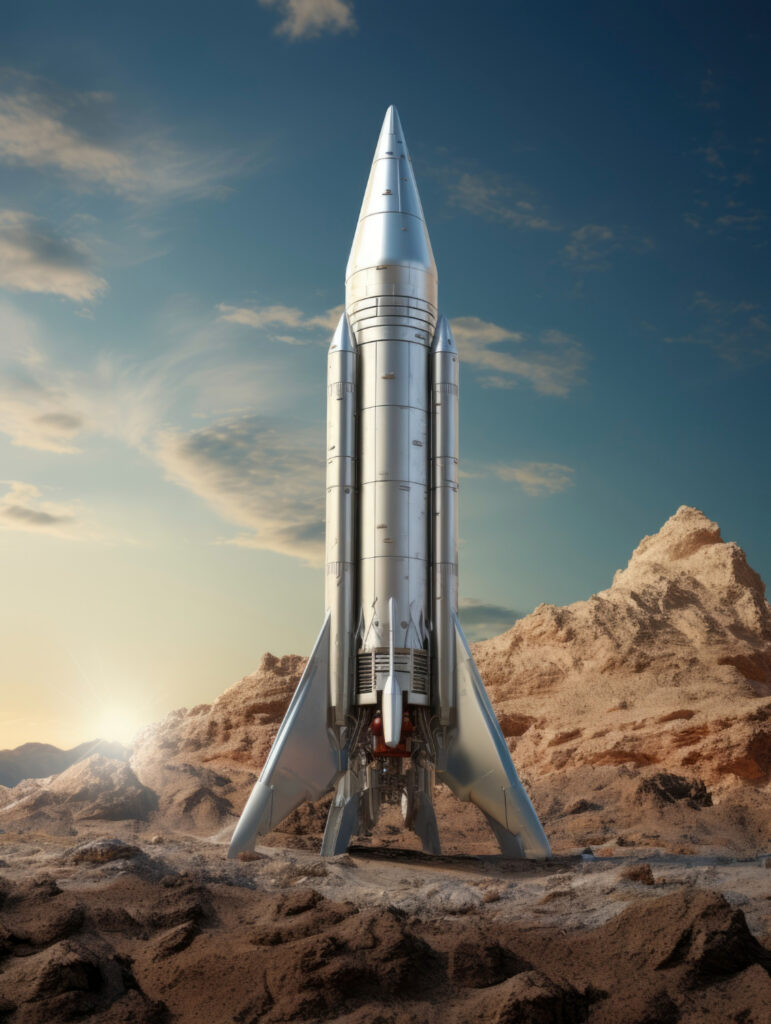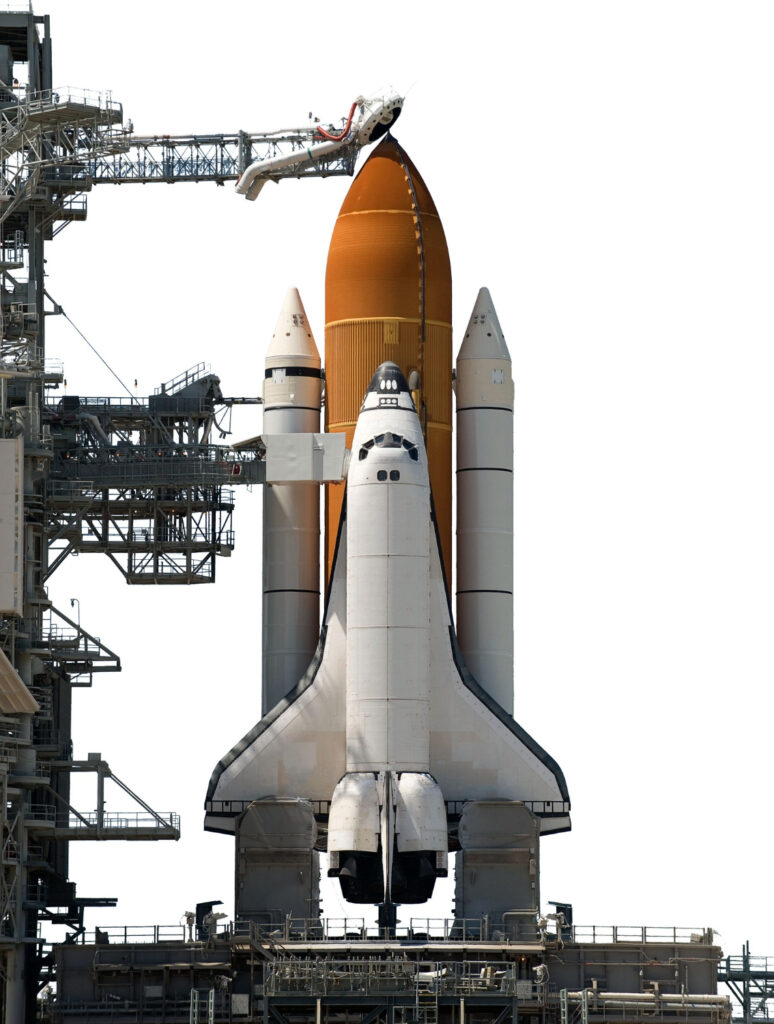Introduction
SpaceX has once again etched its name in history by completing the 10th successful test launch of Starship in 2025. The achievement marks not only a technological triumph but also a bold step closer to realizing humanity’s dream of interplanetary travel. With this milestone, SpaceX, founded by Elon Musk, strengthens its leadership in space innovation and paves the way for commercial spaceflight, lunar exploration, and Mars colonization.
This article dives deep into the details of the launch, the significance of Starship, technological innovations, global impact, and what lies ahead for SpaceX and the world.
What is Starship?

Starship is SpaceX’s fully reusable two-stage launch vehicle, designed to revolutionize space travel. It consists of:
- Super Heavy Booster: The first stage that provides the immense thrust required to lift Starship off Earth’s surface.
- Starship Upper Stage: The spacecraft designed to carry humans, satellites, cargo, and scientific payloads to destinations like the Moon, Mars, and beyond.
The vehicle’s reusability makes it a game-changer. Unlike traditional rockets that are discarded after one use, Starship is built to fly multiple times, reducing costs dramatically.
Highlights of the 10th Successful Test Launch
- Flawless Lift-Off: The launch took place from SpaceX’s Starbase facility in Boca Chica, Texas, with smooth ignition and liftoff.
- Successful Separation: The Super Heavy booster detached cleanly, demonstrating the reliability of the separation mechanism.
- Controlled Landing: Both the booster and upper stage executed controlled landings, marking a major leap in full rocket reusability.
- Extended Duration Flight: The upper stage remained in space for a record duration before re-entry, showcasing long-duration mission capability.
- Safe Re-Entry: The heat-shield tiles successfully withstood re-entry forces, validating engineering designs for Mars and lunar missions.
Why the 10th Launch Matters

Reaching ten successful test flights is a critical milestone because it proves reliability and repeatability—the foundation of commercial space travel.
- Consistency: Repeated success shows that SpaceX has refined the technology to a reliable standard.
- Risk Reduction: Each successful test reduces risks for future crewed missions.
- Confidence Boost: NASA, private partners, and international space agencies gain confidence in Starship as a viable spacecraft.
This test brings Starship closer to its goals under NASA’s Artemis Program, where it will be used to land astronauts on the Moon.
Technological Innovations in Starship
SpaceX has incorporated cutting-edge technologies into Starship that set it apart:
- Raptor Engines – Powered by methane and liquid oxygen, these engines provide massive thrust with efficiency suitable for Mars refueling.
- Stainless Steel Frame – Durable and cost-effective, the design withstands both high pressure and extreme temperatures.
- Thermal Protection System – Thousands of heat-shield tiles protect the spacecraft during re-entry.
- Reusable Architecture – Both the booster and spacecraft are fully reusable, driving down launch costs significantly.
- High Payload Capacity – Starship can carry 100–150 tons to low Earth orbit (LEO), more than any other rocket in history.
Impact on Global Space Race
The success of Starship’s 10th test flight has global implications:
- NASA Partnership: Strengthens U.S. capabilities under the Artemis program to return humans to the Moon.
- International Collaborations: Countries like India, Japan, and Europe may use Starship for launching satellites and interplanetary missions.
- Commercial Space Travel: Starship could soon enable space tourism and orbital hotels.
- Mars Colonization Roadmap: Validates Musk’s vision of sending humans to Mars by the 2030s.
- Competition: Other space agencies and private companies, including Blue Origin and China’s CNSA, are now under pressure to accelerate their programs.
Starship and Mars: The Bigger Dream
The ultimate goal of Starship is colonizing Mars. For this, SpaceX needs a vehicle that is:
- Reusable – To reduce costs of repeated launches.
- Refuelable on Mars – Methane fuel can be synthesized on Mars using its atmosphere and water ice.
- Capable of Mass Transport – Carrying cargo, habitats, and people in bulk.
The 10th successful launch shows that SpaceX is on track to achieve this dream.
Economic and Industrial Benefits
Starship’s success is not just about space; it’s also about the economy and industry:
- Job Creation: Thousands of skilled jobs are supported in engineering, manufacturing, and research.
- Satellite Deployment: Low-cost launches can expand internet coverage worldwide through projects like Starlink.
- Boost to Space Economy: By cutting costs, SpaceX is making space more accessible to startups, universities, and smaller nations.
- Tourism & Exploration: Space tourism could become a multibillion-dollar industry.
Challenges Ahead
Despite this milestone, SpaceX still faces challenges:
- Safety for Human Missions – Every component must be flawless for astronaut flights.
- Regulatory Approvals – Global governments must approve commercial flights.
- Environmental Impact – Frequent launches could impact ecosystems near launch sites.
- Mars Complexity – Surviving and sustaining life on Mars requires technology beyond rockets.
Future Plans for Starship
SpaceX has ambitious plans lined up after this milestone:
- Lunar Missions: Supporting NASA’s Artemis III mission for lunar landings.
- Crewed Test Flights: Planned within the next year.
- Deep Space Missions: Sending robotic and human missions to Mars.
- Satellite Deployments: Expanding Starlink with Starship’s massive payload capacity.
- Commercial Contracts: Partnering with space agencies, corporations, and even tourism firms.
Conclusion
The 10th successful Starship test launch in 2025 represents a landmark in the history of space exploration. With its revolutionary reusable design, immense payload capacity, and interplanetary focus, Starship is set to transform how humanity interacts with space.
From enabling lunar missions under NASA’s Artemis program to laying the foundation for human settlements on Mars, SpaceX’s achievement goes beyond engineering—it symbolizes the next chapter in humanity’s cosmic journey.
As Elon Musk often emphasizes, the dream is to make life multi-planetary. With every successful launch, that dream is turning into a tangible reality.

